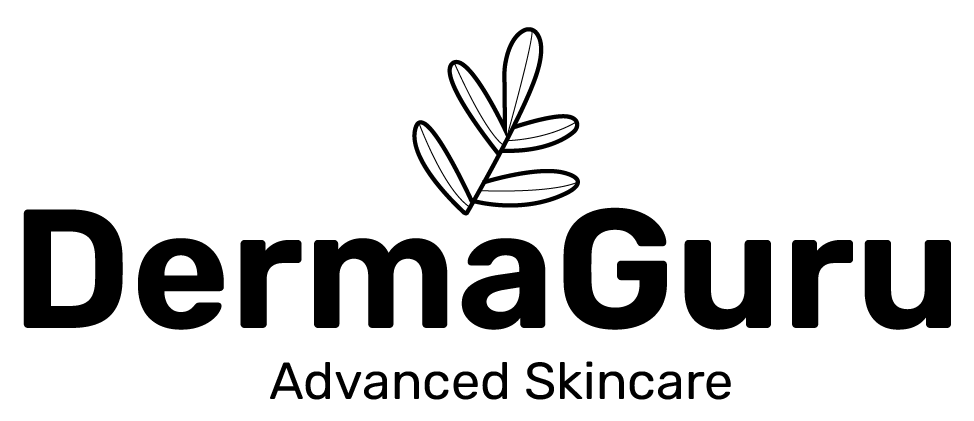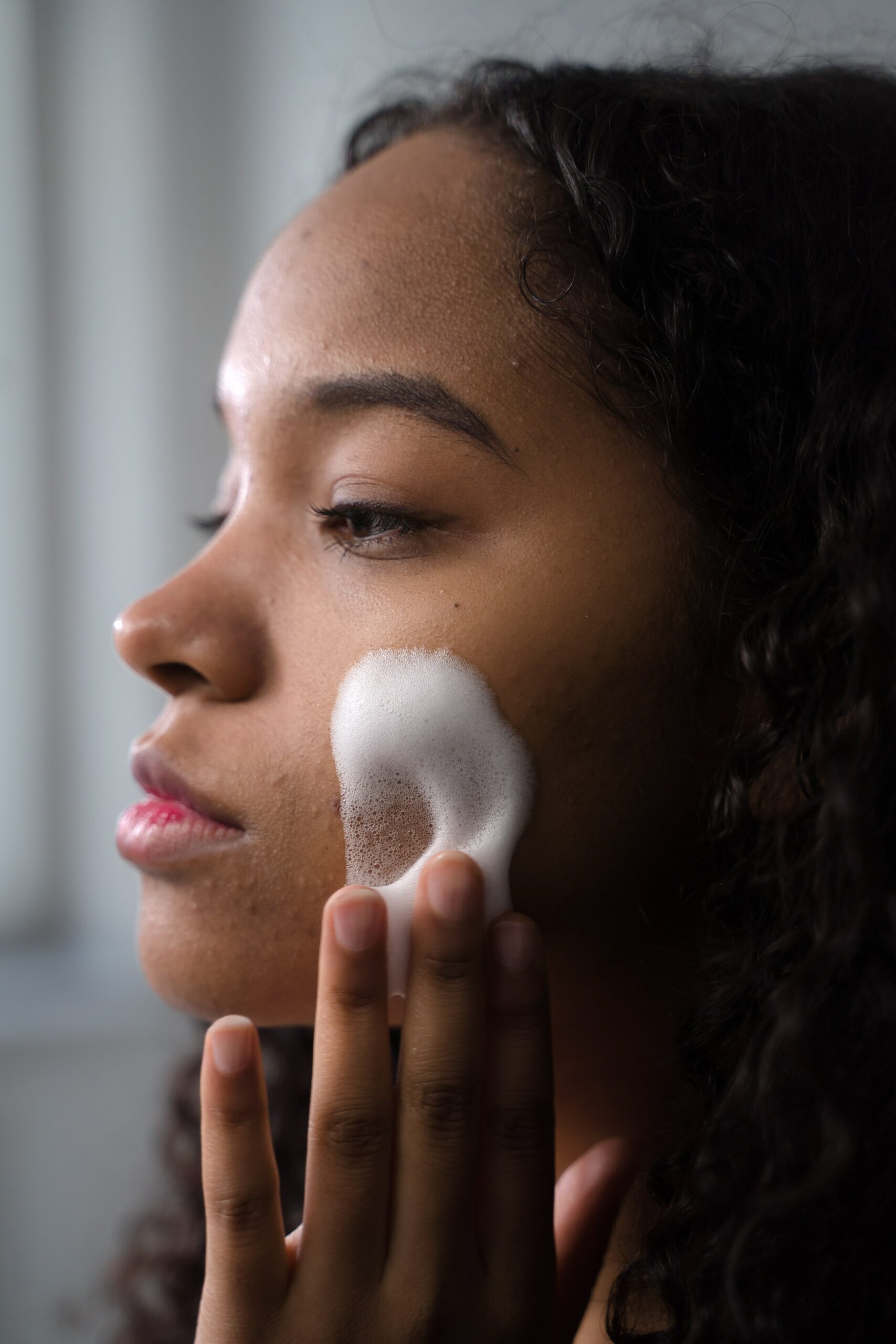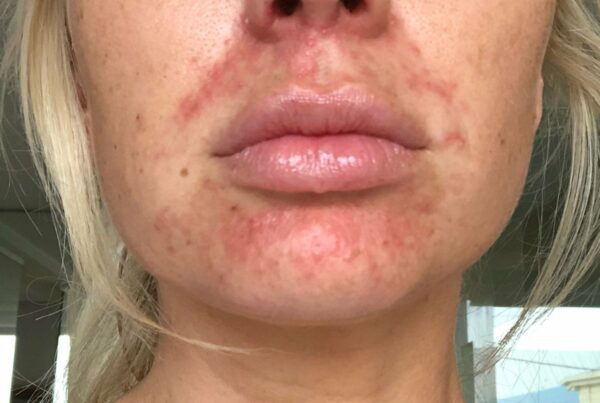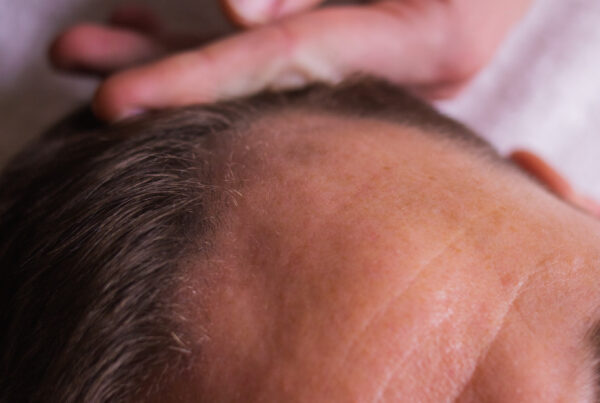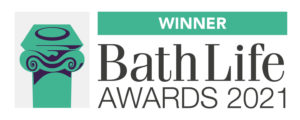The Essential Skin Care Acids for Skin Resurfacing.
Chemical resurfacing has become a popular method for achieving smoother, more radiant skin, and acids are the key players in this process of remodelling. From alpha-hydroxy acids (AHAs) like glycolic acid, and lactic acid to beta-hydroxy acids (BHAs) like salicylic acid, these compounds offer a range of benefits to the skin. Whether you’re looking to treat hyperpigmentation, fine lines and wrinkles, acne, or uneven texture, there’s an acid that can aid your concerns.
Pyruvic Acid (Alpha-Keto Acid)
Pyruvic acid is an alpha keto acid with 3 carbon atoms. It is known as a medium high strength acid which is present in honey, fermented fruit and in vinegar. It stimulates collagen, elastin and dermal glycoproteins to a greater extend than other acids and is used as a medium chemical peeling agent in subjects with inflammatory acne, moderate acne scars, greasy skin, actinic keratosis, and warts.
Pyruvic acid has keratolytic, anti-microbial and sebostatic properties as well as a capacity to stimulate collagen and elastin production. The pyruvic acid has remodelling properties, which make it the only acid that may be compared to TCA (Trichloroacetic Acid) but with the advantage of very mild erythema. At very specific pH levels pyruvic acid is able to penetrate the skin slowly and uniformly with only a mild prickling sensation, inducings both epidermal and dermal skin functions.
Mandelic Acid (Alpha-Hydroxy Acid)
Mandelic acid is an alpha-hydroxy acid (AHA) that is gentle enough for even sensitive skin types. It helps to exfoliate the skin and improve overall skin tone and texture, as well as reduce the appearance of fine lines and wrinkles. It also has antibacterial properties that can help to reduce the occurrence of acne.
Mandelic acid is a great option for those with sensitive skin because it is one of the gentlest AHAs available. It is a larger molecule than other AHAs, which means it penetrates the skin more slowly and is less likely to cause irritation.
It rapidly aids hyperpigmentation, including post-inflammatory hyperpigmentation, melasma, and large freckles. Its results are comparable to and often better than those from traditionally-prescribed topical hydroquinone.
Mandelic acid has powerful antibacterial properties and helps to soften pores by killing acne causing bacteria. It is a very gentle acid and particularly effective for the acne sufferer, who is also concerned with discolouration and cannot tolerate aggressive topical treatments.
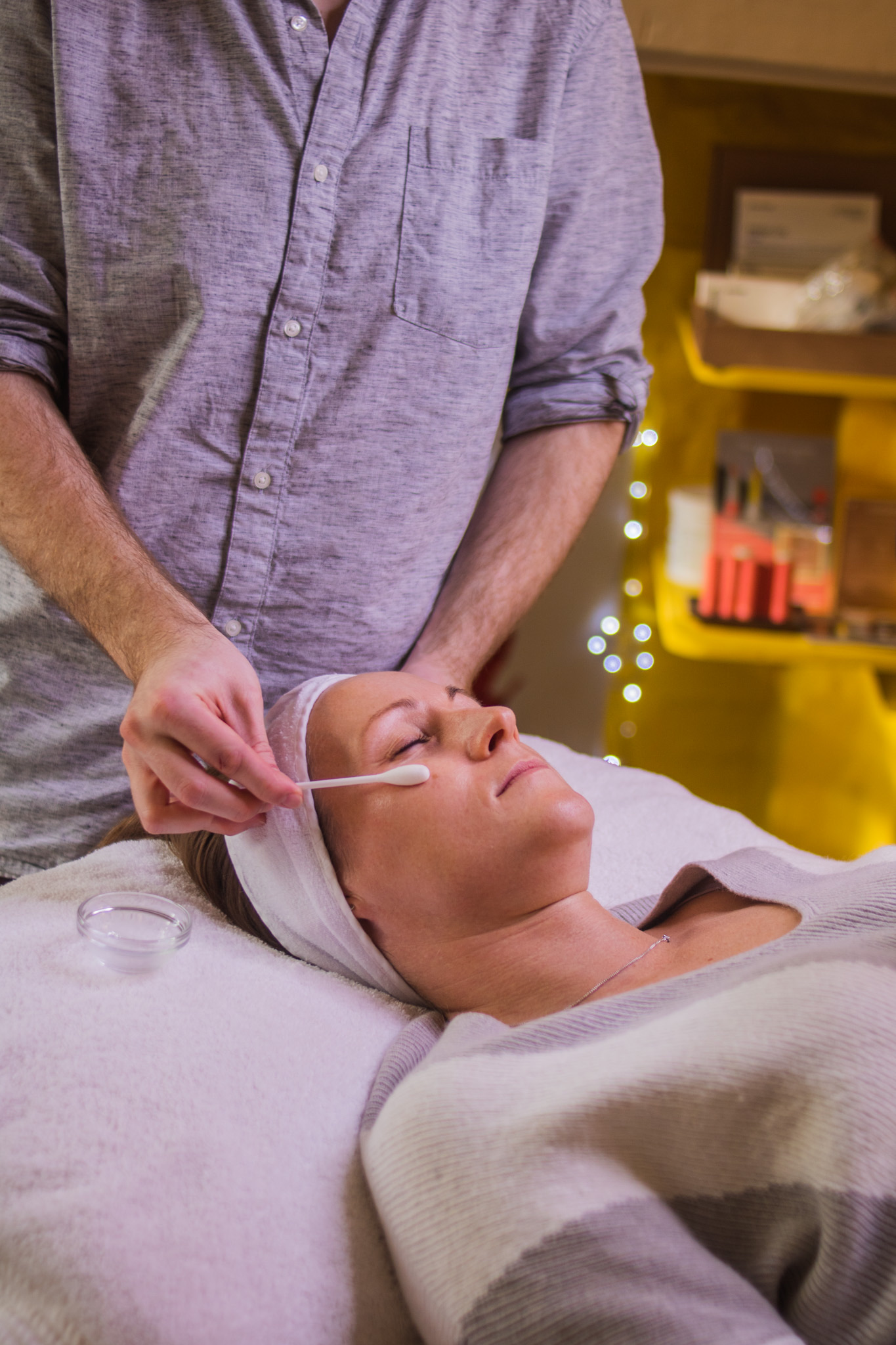
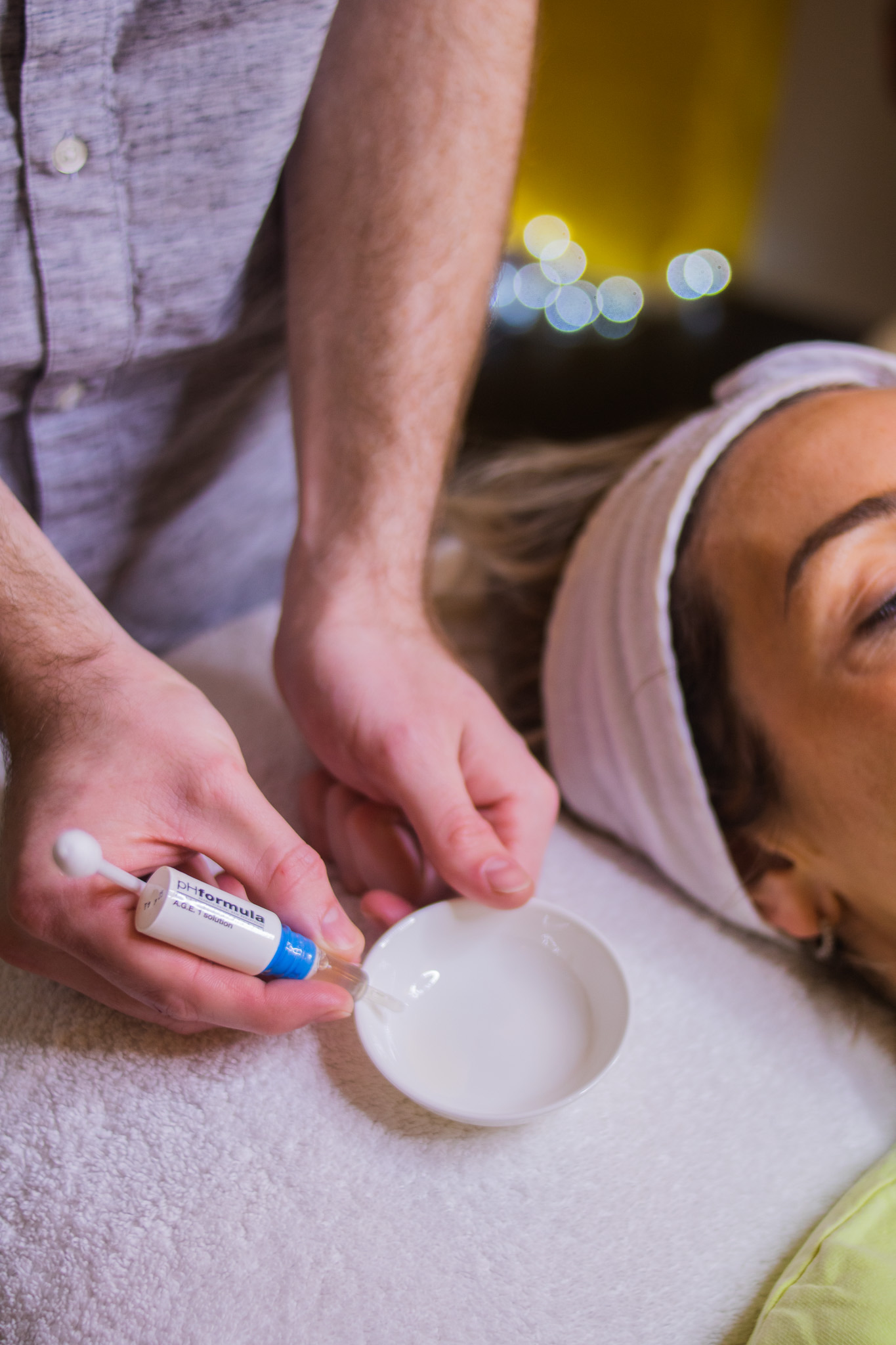
Hydroxypropionic Acid (Alpha-Hydroxy Acid)
Also known as Lactic Acid, is an AHA as well as a component of the NMF (Natural Moisturising Factors.) This means that it confers the same benefits as other AHA’s by promoting desquamation, but offers other beneficial effects as well.
These other benefits include: Significant improvements in skin roughness and signs of photo-damage (mottled hyperpigmentation and sallowness), increases the production of ceramides by keratinocytes and in turn increases the ratio of ceramide 1 linoleate to ceramide 1 oleate. This is important because a reduced ratio of ceramide 1 linoleate to ceramide 1 oleate is seen in diseases such as atopic dermatitis and acne.
The effect of lactic acid on epidermal turnover is dependent on both pH and concentration. It has been shown that at a fixed lactic acid concentration the pH is the influential factor in epidermal turnover, while at fixed pH the desquamation of the skin is dependent on lactic acid concentration.
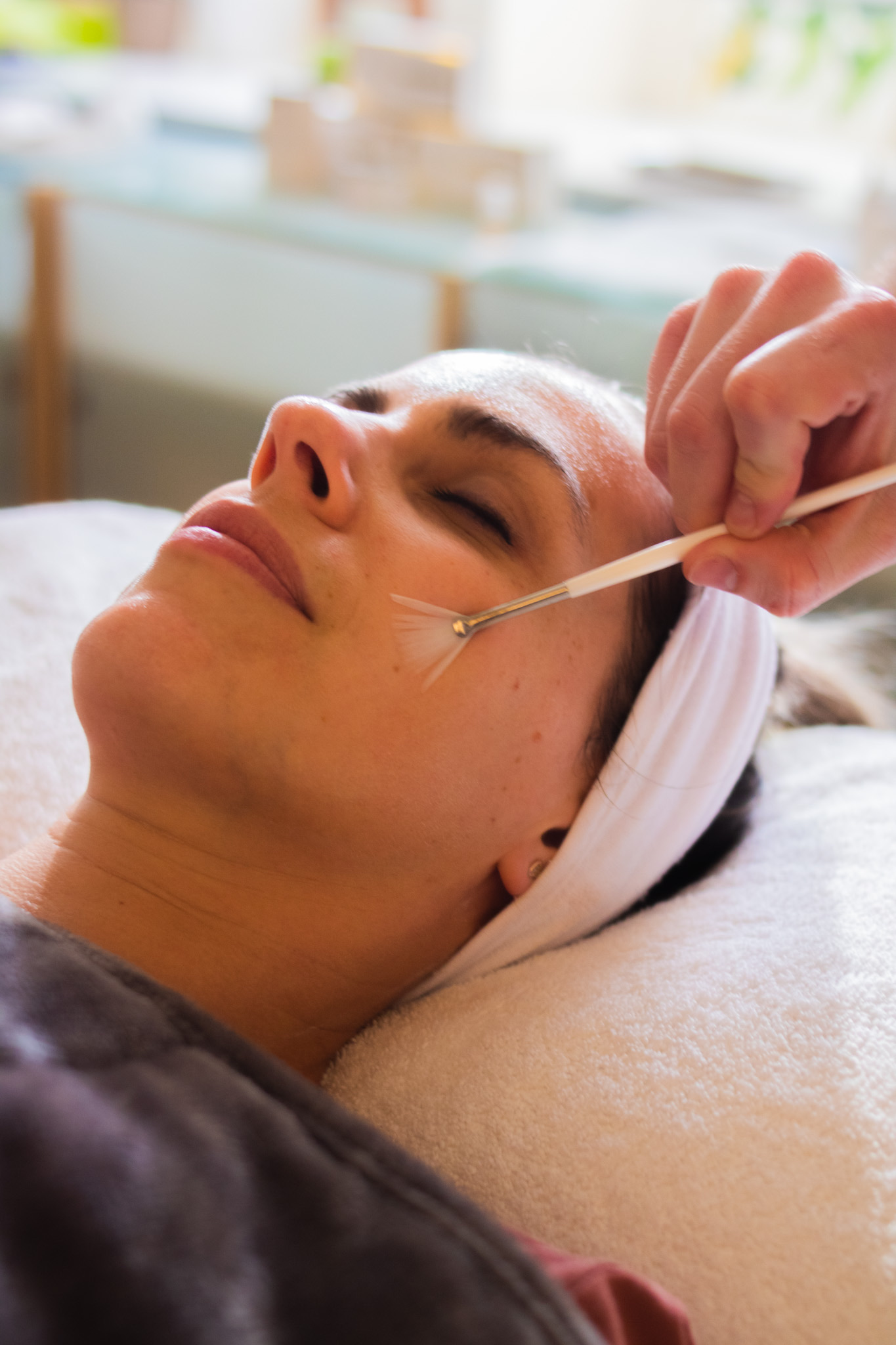
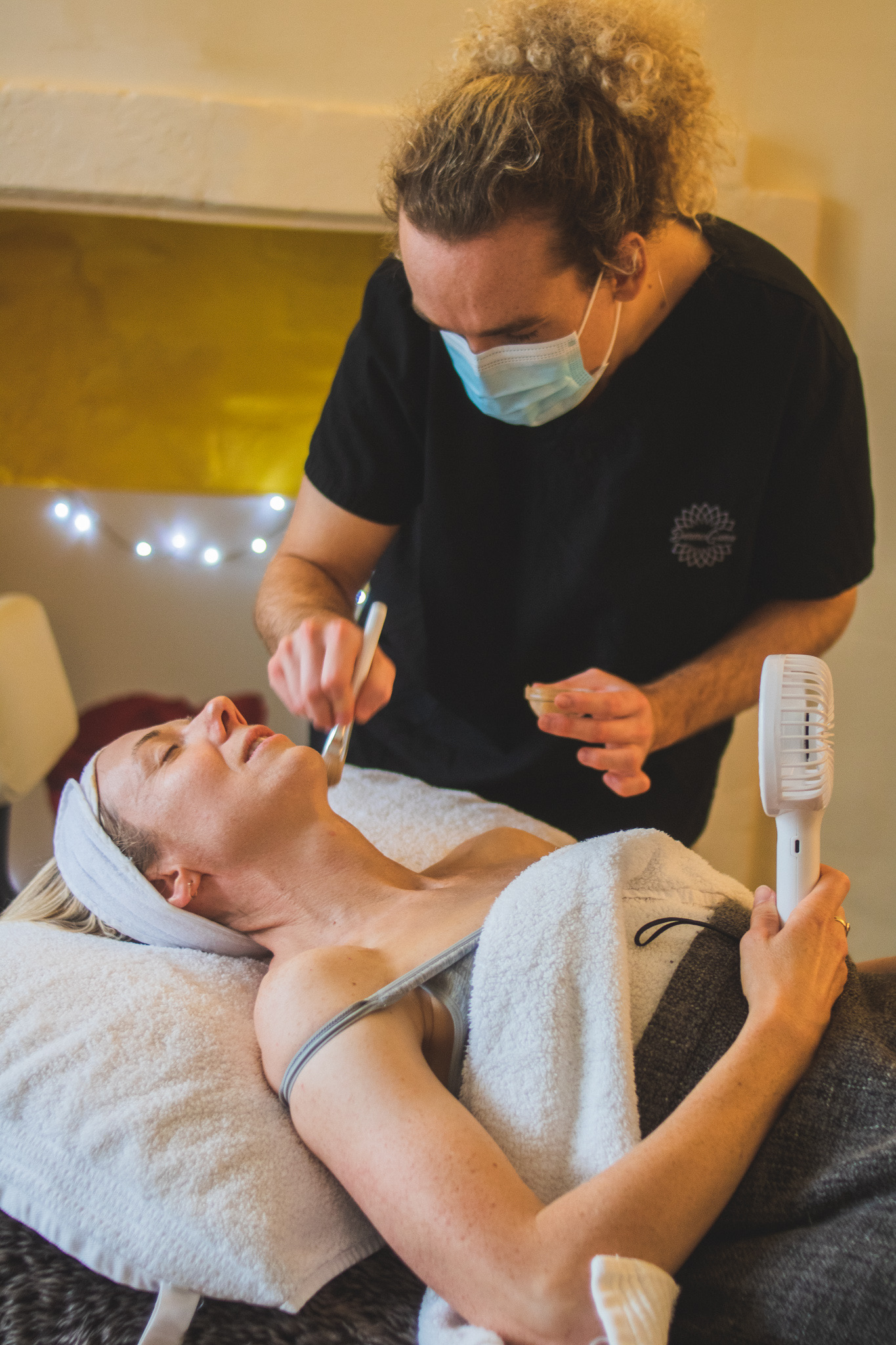
Lactobionic Acid (Poly-Hydroxy Acid)
Lactobionic acid is a newer type of acid that is gaining popularity in the skincare world. As a PHA, it is larger in size than other acids and therefore penetrates the skin more slowly. This makes it a gentle option for those with sensitive skin. It is also effective at hydrating the skin and improving its texture and tone. It is also a great option for those with hyperpigmentation or uneven skin tone.
Lactobionic acid is a third generation hydroxy acid composed of 2 separate molecules, including one known as gluconic acid, which is known as a polyhydroxy acid (PHA) containing eight hydroxyl groups. It is naturally occurring in cells and is known for its superior benefits on the skin. The other part of Lactobionic acid, known as galactose, has wound healing properties.
lactobionic acid strongly attracts water, producing a gel matrix, which provides an occlusive barrier on the skin surface. It helps to normalise keratinisation, resulting in a more flexible, soft, and smooth stratum corneum. Lactobionic acid also has anti-photoageing effects and enhances wound healing. Unlike the alpha hydroxy acids, which can cause skin irritation, increased sensitivity to UV radiation, and diminished barrier function, lactobionic acid has been shown in multiple studies to be non-irritating nor does it increase skin’s photo-sensitivity, this is due to the naturally occurring nature of the molecules – meaning it doesn’t illicit a reaction from the body.
Studies have revealed that lactobionate is a cryptic inhibitor of matrix metalloproteinase (MMPs) enzymes. Since MMPs are responsible for degrading the skin’s extracellular matrix and overall structural integrity causing wrinkles and skin laxity , the use of lactobionic acid to inhibit MMPs may provide a significant benefit to photo-aged skin. Due to it’s structure, lactobionic acid can provide additional benefits, while being gentle to skin.
Salicylic Acid (Beta-Hydroxy Acid)
Salicylic acid (from the latin word for the willow tree, salix, from whose bark it can be obtained) is a beta-hydroxy acid (BHA) where the OH group is adjacent to the carboxyl group. Salicylic acid works by softening keratin, the protein which forms the stratum corneum – making it a highly effective keratolytic.
Salicylic acid is also very effective in it’s ability to penetrate deep into the pores to unclog them. It helps to exfoliate the skin and reduce the occurrence of acne and blackheads, also aiding with anti-inflammatory properties that can help to reduce redness and swelling. It is particularly effective when used in combination with other actives, as it’s exfoliating properties remove the outer layer of skin, allowing the actives to reach further down in the skin’s structure to provide benefits.
Glycolic Acid (Alpha-Hydroxy Acid)
Glycolic acid is an AHA that is effective at exfoliating the skin and improving its overall texture and tone by dissolving the desmosomal bonds that hold dead cells to the surface. It is particularly effective at reducing the appearance of fine lines and wrinkles, hyperpigmentation, and acne scars. Glycolic acid is also effective at hydrating the skin, making it a great option for those with dry or dehydrated skin.
It is important to note, however, that glycolic acid can be irritating to some skin types and should be used with caution – the strength of glycolic acid is often too strong in products bought on the high street, which can cause damage to the epidermis.
Book a Consultation:
All new clients require a consultation before proceeding with advanced treatments, such as anti-wrinkle injections.
